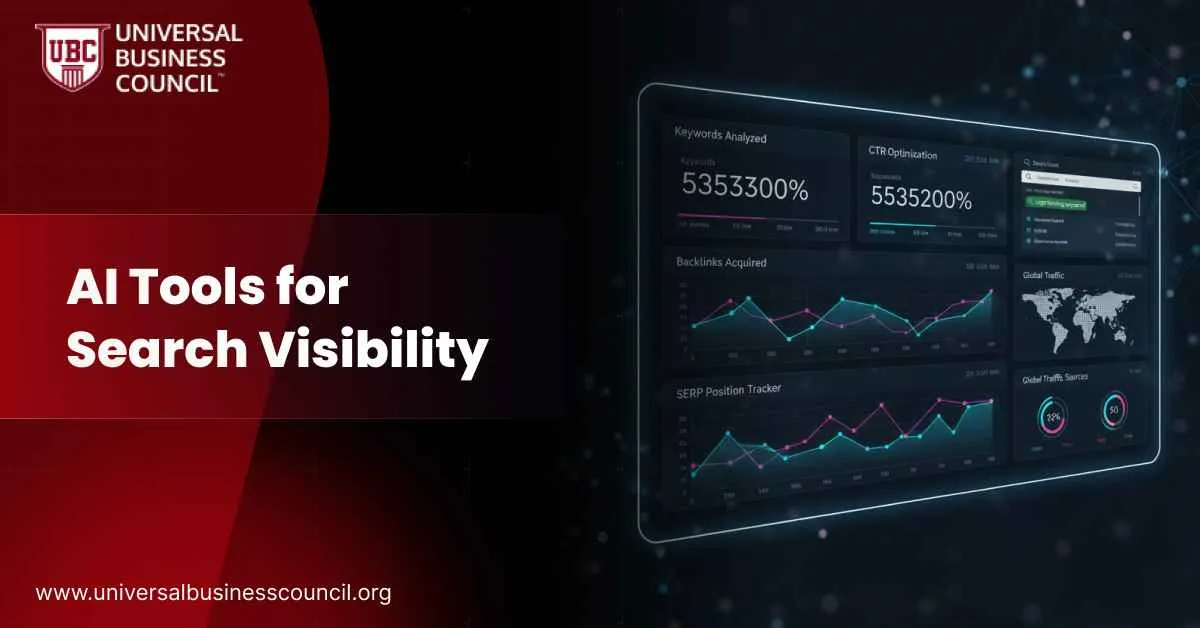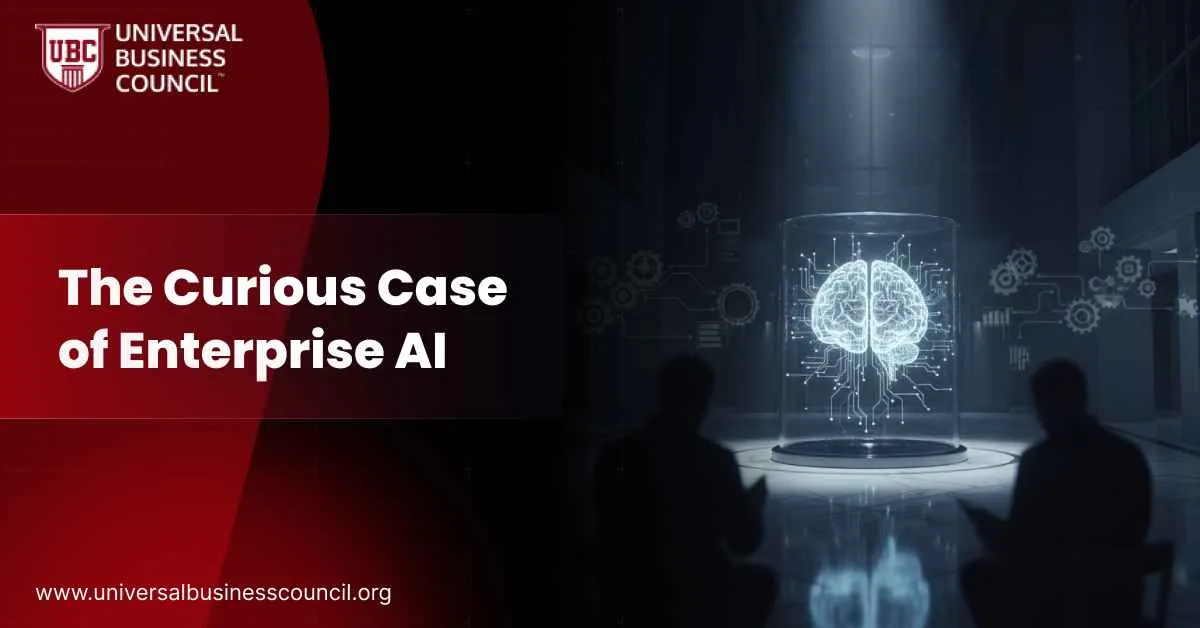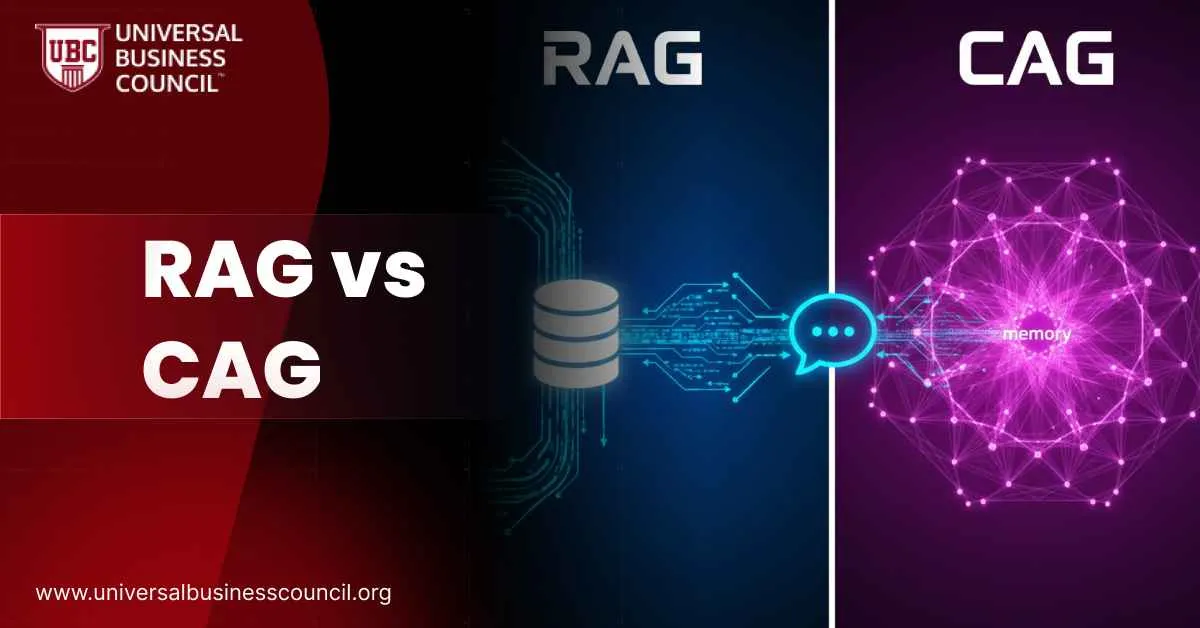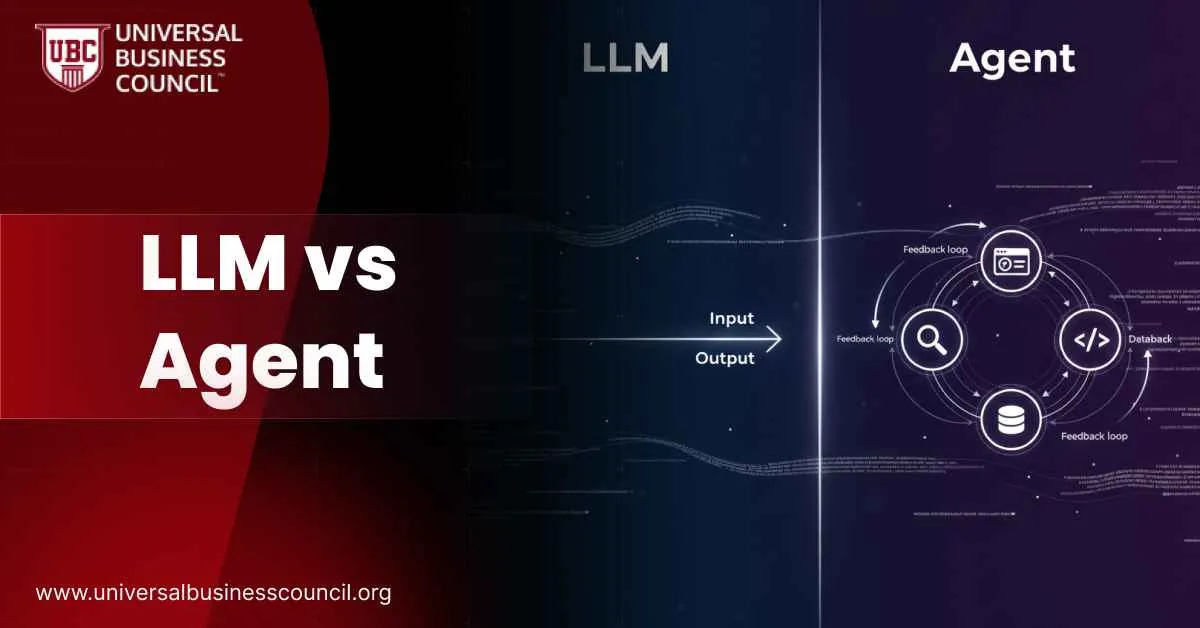 Search is changing fast. People are no longer just typing queries into Google and scrolling through links. Increasingly, they are asking AI systems like ChatGPT, Gemini, or Perplexity for direct answers. This shift means that brands must rethink how they track visibility. It is no longer enough to measure search engine rankings alone. Companies now need to know if their brand is being mentioned inside AI-generated answers, how often, and in what context. That is where AI tools for search visibility come in.
To understand how to use these tools effectively, professionals are turning to structured programs like a Marketing and Business Certification, which provide strategies to navigate both traditional SEO and emerging AI-driven visibility.
Search is changing fast. People are no longer just typing queries into Google and scrolling through links. Increasingly, they are asking AI systems like ChatGPT, Gemini, or Perplexity for direct answers. This shift means that brands must rethink how they track visibility. It is no longer enough to measure search engine rankings alone. Companies now need to know if their brand is being mentioned inside AI-generated answers, how often, and in what context. That is where AI tools for search visibility come in.
To understand how to use these tools effectively, professionals are turning to structured programs like a Marketing and Business Certification, which provide strategies to navigate both traditional SEO and emerging AI-driven visibility.
What AI-Generated Search Visibility Means
AI-generated search visibility refers to how often a brand appears in answers created by AI models. Instead of only competing for the top spot in Google’s search results, companies now need to compete for space inside AI responses. This includes tracking whether their brand is mentioned, whether the mention is positive or negative, and whether it is cited from credible sources. The metrics are different from traditional SEO. Brands must look at share of voice in AI answers, citation patterns, sentiment, and the frequency of mentions for key queries.Tools That Track AI Search Visibility
Several tools have emerged to help businesses track and improve their visibility in AI-generated search results. Each offers unique features and focuses on different parts of the process.Profound
Profound monitors how often a brand is mentioned in AI answers, what is being said, and which sources are cited. It covers major LLMs such as ChatGPT and Gemini. This makes it valuable for enterprise brands that want a full picture of visibility and recommendations for action.Semrush AIO
Semrush has expanded its platform with AI visibility tracking. It lets marketers see how their brand performs in AI-generated results alongside traditional SEO metrics. This is useful for companies already using Semrush for competitor analysis and keyword tracking.Scrunch AI
Scrunch AI focuses on brand mentions, sentiment, and misinformation. It highlights gaps in content and identifies outdated or incorrect information being shared by AI systems. This is a premium option suited for enterprises that want proactive monitoring.AthenaHQ
AthenaHQ provides dashboards with detailed analytics. It tracks share of voice, sentiment, and prompt-level data across LLMs. Brands can compare their performance against competitors and identify trends over time.Surfer’s AI Tracker
Surfer offers an AI tracker that looks at mentions, prompts, citations, and changes in visibility. It is designed to help marketers see how AI is framing their brand and how often it appears for common queries.ZipTie.Dev
ZipTie.Dev is a lightweight tool for smaller teams. It offers clean dashboards and prompt-based monitoring, making it a good entry point for businesses starting to track AI search visibility.How Tracking Works
These tools generally use a combination of methods:- Sending automated prompts to AI platforms that reflect real-world queries such as “best software for X” or “brand Y reviews.”
- Capturing the AI responses and analyzing whether the brand is mentioned, where it appears, and what context surrounds it.
- Checking the sources that AI systems reference, which shows which websites are influencing the responses.
- Measuring sentiment to determine if mentions are positive, neutral, or negative.
- Calculating share of voice to compare visibility against competitors.
- Monitoring trends over time to see if strategies are improving brand presence in AI answers.
Why It Matters for Brands
AI-generated search is shaping what people see first. If a brand is not present in these answers, a competitor may be. This can influence consumer perception long before someone visits a website. Being cited positively in AI answers builds trust and authority. It also helps with awareness, even if the traffic is not direct. Traditional SEO metrics like backlinks and SERP rankings remain useful, but they are no longer enough on their own. Companies must adapt to what some call AI SEO or Generative Engine Optimization. For professionals looking to gain deeper expertise in data-driven strategies for this new environment, a Data Science Certification can provide the technical skills to analyze visibility data effectively.Challenges and Gaps in Current Tools
Even though these tools are promising, there are challenges. Different platforms define metrics in different ways, which makes comparison tricky. Case studies linking AI visibility directly to business outcomes are still limited. Pricing for enterprise tools can be high, and the return on investment is not always clear. Another issue is regional coverage. Many tools focus only on English-language markets, leaving gaps in other regions. AI models can also generate outdated or incorrect content, so brands need tools that flag and correct misinformation. To manage such complex systems responsibly, especially when dealing with sensitive customer data and large-scale AI integrations, professionals can benefit from a deep tech certification. This ensures they are equipped to handle compliance, ethics, and security.Leading Tools for AI Search Visibility
| Tool | Main Features |
| Profound | Tracks mentions, citations, sentiment, and prompt volume across LLMs |
| Semrush AIO | Combines AI visibility with traditional SEO metrics |
| Scrunch AI | Monitors mentions, sentiment, and misinformation in AI answers |
| AthenaHQ | Provides dashboards with share of voice, sentiment, and trends |
| Surfer’s AI Tracker | Tracks mentions, prompts, and citation sources over time |
| ZipTie.Dev | Entry-level tool with prompt monitoring and clean dashboards |




Leave a Reply